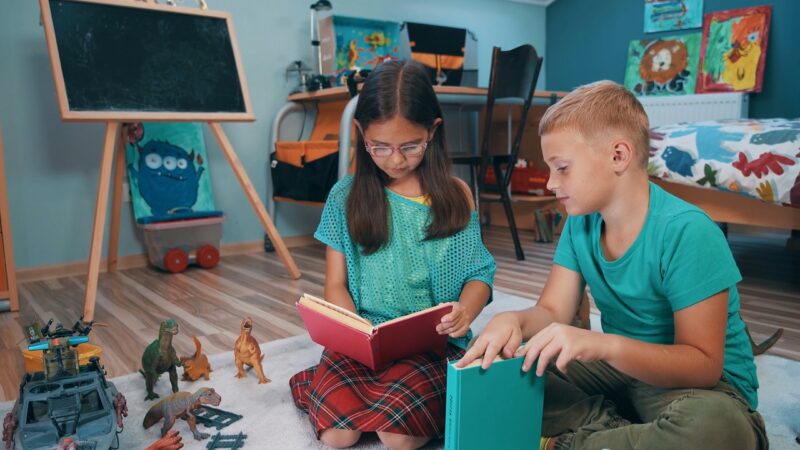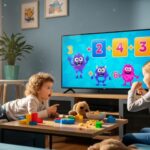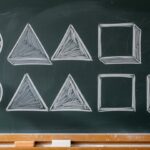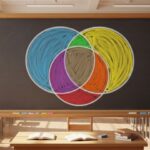
Share Post:
Choosing the right math books for your child can set the tone for their entire relationship with the subject.
Each stage of learning brings different needs, and the right resource can either make math an engaging adventure or a source of frustration.
Textbooks, workbooks, and enrichment materials all serve different purposes.
Some focus on building foundational skills, while others encourage creativity and higher-level thinking.
Selection also depends heavily on your child’s learning style and goals, such as aligning with a specific curriculum, offering extra practice, or preparing for math competitions.
Table of Contents
ToggleChoosing the Right Book for Your Child

Finding the best math resource for your child is less about following a rigid grade-level label and more about meeting them where they are in their learning journey.
A book that perfectly matches your child’s ability level can build confidence, fill gaps, and keep them engaged.
Focus on tailoring the choice to their current skills, learning preferences, and goals rather than simply their age or school grade.
Key considerations include:
Current ability level: Match the content to what your child can handle now, not just what the grade level suggests. A child who excels may need more challenging material, while a student struggling may benefit from a gentler pace.
Primary goal:
- Curriculum support for keeping up with school lessons.
- Extra practice to strengthen skills in specific areas.
- Enrichment for extending learning beyond what is taught in class.
Learning style:
- Visual learners benefit from colorful diagrams and illustrated explanations.
- Tactile learners may prefer workbooks with hands-on activities or manipulatives.
- Auditory learners can engage more with resources that include explanations or interactive lessons.
Variety in approach: Combine visual, tactile, and traditional written methods to create a well-rounded learning experience.
Feedback and support:
- Seek input from teachers, tutors, or learning specialists who can recommend appropriate materials.
- Use short trial periods to test if the book holds your child’s interest and meets their needs.
The ultimate goal is to find that one unique and compelling book title that captures your child’s attention, motivates them to engage with math, and supports steady growth.
With the right match, math becomes less of a task and more of a rewarding skill they are proud to develop.
Preschool & Kindergarten (Ages 3–6)

For young learners, math should be an engaging, hands-on experience that builds confidence.
At this stage, the primary goals are number recognition, basic counting, introduction to simple addition and subtraction, and developing a positive mindset toward math.
Recommended Resources:
- Learn Early Math – Lauren Crisp (Brightly) offers colorful visuals and simple activities perfect for beginners.
- Complete Kindergarten Math Workbook – Naoya Imanishi (Brightly) provides age-appropriate practice across a range of early math skills.
- Addition and Subtraction Kindergarten Math Workbook – Naoya Imanishi focuses on essential operations in a gradual, supportive way.
- Highlights resources such as Write-On Wipe-Off Let’s Practice Math and Math Stamper Games make learning interactive.
- Kinesthetic activities through Math & Movement bring numbers to life for active learners.
Children in these grades are ready to solidify basic operations and start expanding their skill set. The focus shifts to mastering addition and subtraction, learning multiplication and division basics, telling time, and handling money concepts. Recommended Resources: Students are now tackling more complex topics, including multiplication mastery, division fluency, fractions, and the beginnings of multi-step problem solving. Recommended Resources: Math in Focus, inspired by the Singapore Math approach, raises problem-solving abilities while solidifying fundamentals. Preparation for middle school math begins here, with topics like decimals, percentages, early algebra, and more complex problem-solving. Recommended Resources: Students at this stage transition to abstract thinking, tackling algebra readiness, geometry basics, and advanced problem-solving strategies. Recommended Resources: Selecting math books is about aligning resources with your child’s personality, abilities, and learning goals. Early learners flourish with visually engaging and movement-based activities, while older students benefit from structured practice paired with creative problem-solving. As learners approach middle school, the focus expands to abstract thinking and readiness for advanced concepts. A thoughtful blend of curriculum-based materials and enrichment ensures children grow in confidence, skill, and enjoyment of mathematics, transforming the subject into something they look forward to mastering.Grades 1–2 (Ages 6–8)

Grades 3–4 (Ages 8–10)

Grades 5–6 (Ages 10–12)

Middle School Transition (Ages 11–14)

The Bottom Line
Related Posts:











